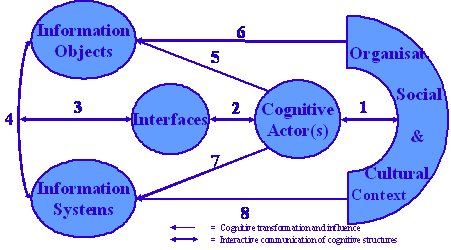Session-based search
Exploratory search often takes place over time. Searchers may run multiple queries to understand the collection, to refine their information needs, or to explore various aspects of the topic of interest. Many web search engines keep a history of a user’s actions: Bing makes that history readily available for backtracking, and all major search engines presumably use the click-through history of search results to affect subsequent searches. Yahoo Search Pad diagnoses exploratory search situations and switches to a more elaborate note-taking mode to help users manage the found information.
But none of these approaches makes it easy for a searcher to manage an on-going exploratory search. So what could be done differently? We explore this topic in a paper we’ll be presenting at the IIiX 2010 conference this August. Our paper reviews the literature on session-based search, and proposes a framework for designing interactions around information seeking. This framework uses the structure of the process of exploratory search to help searchers reflect on their actions and on the retrieved results. It treats queries, terms, metadata, documents, sets of queries, and sets of documents as first-class objects that the user can manipulate, and describes how information seeking context can be preserved across these transitions.

